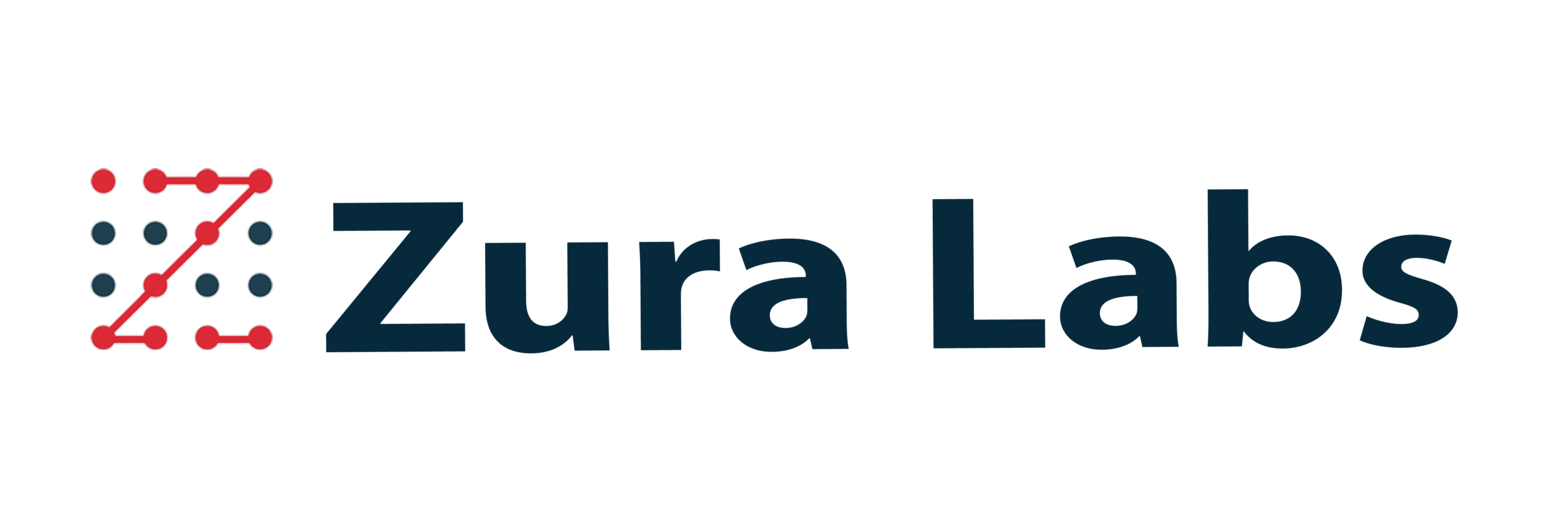Estimated reading time
 2 minutes
2 minutes
Data Analytics in Maintenance Management
Data analytics in maintenance management can help organizations to optimize their operations and improve efficiency and productivity while minimizing downtime.
Analyzing large amounts of data makes it possible to identify patterns and trends that indicate problems or areas for improvement. This allows maintenance managers to take corrective action before the problem escalates further, leading to costly repairs or unplanned downtime.
Data analytics can also be used to predict when certain components may need maintenance or replacement, enabling proactive maintenance and avoiding unexpected breakdowns. Predictive analytics that use artificial intelligence (AI) algorithms can further improve the accuracy of predictions and provide more detailed insights into potential problems.
Additionally, the use of artificial intelligence (AI) can further help to automate the process of analyzing large amounts of data to provide more accurate views into the current state of maintenance activities.
Best Practices
The best practices for deploying these technologies for improved maintenance management depend largely on an organization’s specific needs and goals. When deciding how to utilize these technologies, it is important to consider:
- The quantity of data that needs to be analyzed
- The types of analysis needed (i.e., forecasting or anomaly detection)
- The additional value provided by AI-driven automation
- Establishing the right data architecture to enable fast and efficient access
By understanding these best practices, organizations can take advantage of the opportunities that data analytics, predictive analytics and AI offer in terms of improving maintenance management processes. Doing so can help improve safety, reduce costs associated with unplanned downtime and ensure optimal performance of their operations.
At the same time, it’s important for companies to assess the risks associated with deploying such technologies. Careful measures should be taken to ensure that the data collected remains secure and confidential, while training personnel on properly using this technology is also essential. Lastly, thought should be given to the level of trustworthiness and accuracy needed for the results obtained from these technologies.
By taking into consideration best practices for deploying data analytics, predictive analytics and AI for improved maintenance management, organizations can take advantage of the latest technologies to improve their operational efficiency. Doing so can lead to greater cost savings, improved safety measures, and better performance overall.

